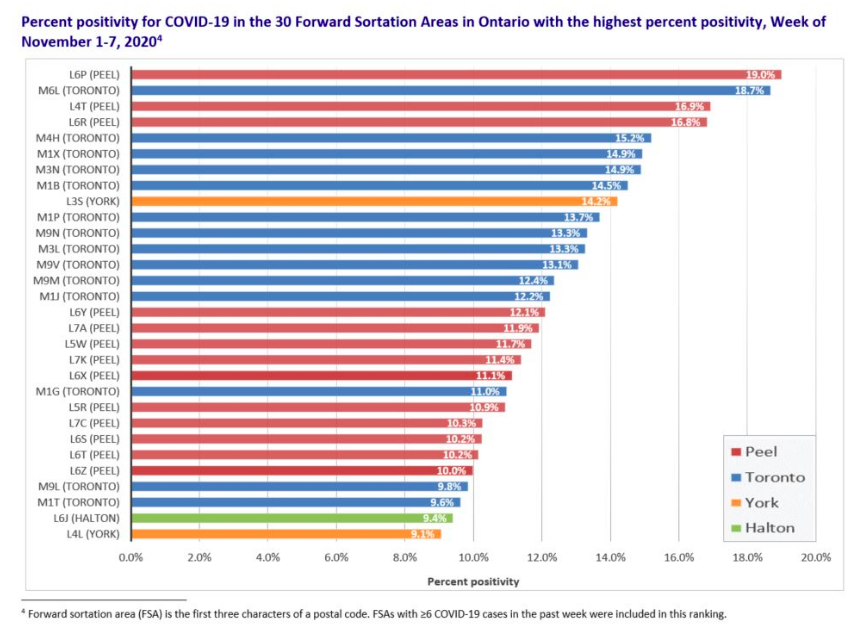This post is from our archives and not all features will display correctly.
‘We can’t be complacent’: ICES scientist calls for action over alarming test positivity data in GTA neighbourhoods
Dr. Jeff Kwong warned of a health system collapse without further action.
Published Nov 16, 2020 at 4:54pm

Read this for free.
Log in below to get access to this article. One free per week.
